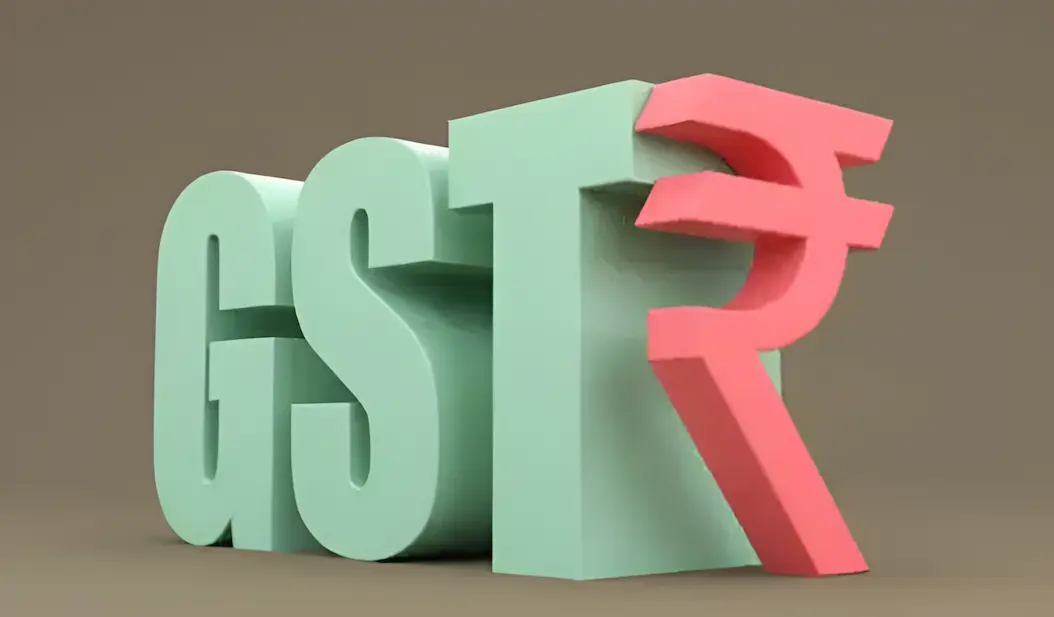
FMCG firms resist price cuts after GST drop, opting for larger packs at fixed rates
GST Cut Sounds Good, So Why No Price Drop?
Why FMCG Brands Aren’t Cutting Costs After GST Drop: Same Price, Bigger Pack – In September 2025, the Indian government announced a major reduction in Goods and Services Tax (GST) on daily-use items like biscuits, soaps, and toothpaste. The tax rate dropped from 18% to just 5%, which should ideally make these products cheaper for consumers.
But here’s the twist: FMCG (Fast-Moving Consumer Goods) companies are not reducing the prices printed on their products. That means your ₹5 biscuit pack or ₹10 soap bar still costs the same, even though the tax is lower. So, what’s going on?
The answer lies in how Indian consumers shop. Most buyers are used to fixed price points like ₹5, ₹10, and ₹20. These round numbers are easy to remember, easy to pay, and widely accepted. If companies reduce prices to ₹9 or ₹18, it could confuse customers and disrupt buying habits. Executives say that odd prices don’t work well in India’s retail system, especially in rural areas where cash transactions dominate.
Bigger Packs, Same Price -The New Strategy
Instead of lowering prices, FMCG companies are choosing a different path: increasing the quantity inside the pack. This means you’ll still pay ₹20 for your favorite biscuit pack, but now you might get a few extra biscuits inside.
This strategy is called “grammage increase.” It’s a way to pass on the GST benefit without changing the price tag. For example, Bikaji Foods confirmed that it will increase the weight of its impulse packs – small, low-cost items that people buy without planning. Dabur also said it will give more product for the same price, helping consumers feel the benefit of the tax cut.
This approach keeps things simple for both buyers and sellers. Shopkeepers don’t have to explain new prices, and customers don’t have to worry about odd change. It’s a win-win – at least in theory.
Why Companies Are Playing It Safe
There’s another reason FMCG brands are cautious: fear of losing customers. If they suddenly change prices, even by a small amount, it could affect sales. Indian shoppers are very price-sensitive, especially when it comes to everyday items. A biscuit pack priced at ₹18 instead of ₹20 might seem cheaper, but it could also feel unfamiliar or suspicious.
Also, changing prices means updating packaging, marketing, and distribution systems. That’s a costly and time-consuming process. By keeping prices the same and adjusting pack sizes, companies avoid these extra expenses.
Some experts also warn that without proper guidelines, companies might misuse the GST cut. That’s why the Finance Ministry is considering rules to make sure brands don’t pocket the savings themselves. The government wants to ensure that consumers truly benefit, whether through lower prices or larger packs.
What It Means for You, the Shopper
So, what does all this mean for you?
- You’ll still pay ₹5, ₹10, or ₹20 for your favorite products.
- But you might notice that the pack feels heavier or lasts longer.
- The GST cut is helping you indirectly, through more value, not less cost.
This strategy may not feel like a big win at first, but it’s designed to protect consumer habits while still delivering benefits. Over time, you might see more generous packs, better deals, and improved product quality.
Still, it’s important to stay alert. If companies don’t increase pack sizes or improve value, they could be keeping the tax savings for themselves. That’s why consumer awareness and government monitoring are key.
Final Thought:
The GST cut was meant to make life easier for everyday shoppers. FMCG companies are choosing a smart but subtle way to pass on the benefit by giving you more for the same price. It’s not a flashy discount, but it’s a quiet upgrade. So next time you pick up that ₹10 soap or ₹20 biscuit pack, take a closer look. You might be getting more than you paid for.
Also read: Markets on the Move: Sensex and Nifty Surge as GST Optimism Lifts Investor Mood
Stay informed with the latest news and updates – only on Rapido Updates.